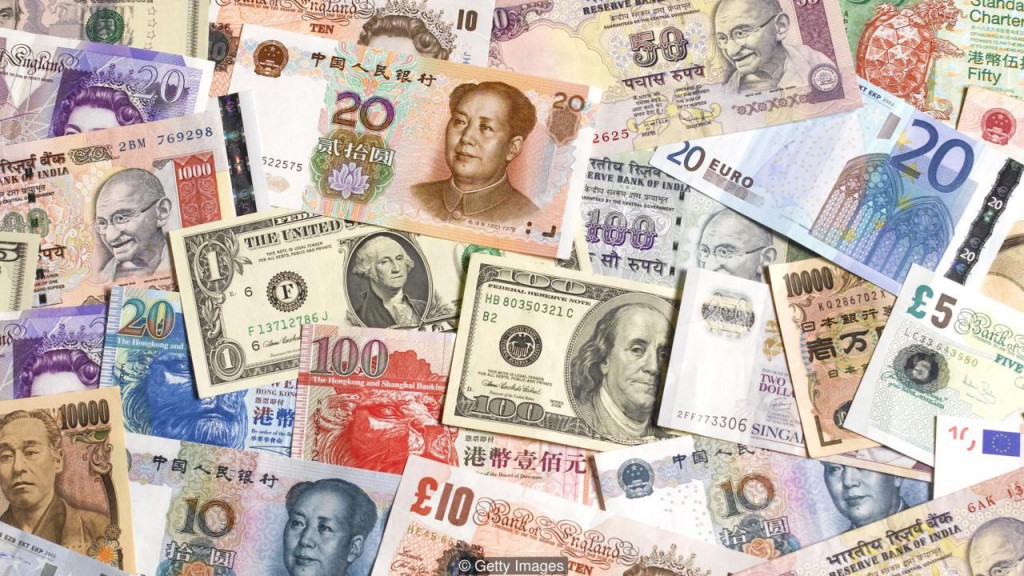On Wednesday, riskier currencies rose from recent lows, while safe-haven currencies like the yen fell against the dollar as Asian markets relaxed their concerns over the Omicron variant.
CNY’s new highs
In the aftermath of better-than-expected manufacturing figures from November, the Chinese yuan CNY, a beacon of resilience in a stormy few days, reached a six-month high of 6.3596 per dollar.
CNY with respect to both the Australian and New Zealand dollars gained 0.5 %, bringing them back from one-year lows. The Australian dollar last bought $0.7166, while the New Zealand dollar last bought $0.6855.
The changes help to recoup losses from last week and Tuesday, as concerns about the reappearance of COVID-19, the virulence and vaccination resistance of the new Omicron strain, and the potential of interest rate hikes circulate through financial markets.
The Swissy rise
The safe-haven yen and Swiss franc both sank 0.3 percent versus the dollar, while other crosses fell even more.
The yen JPY was last seen trading at 113.48 per dollar, while the franc was last seen trading at 0.9203 per dollar. After a 0.4 percent gain on Tuesday, the euro EUR remained at $1.1334.
Uncertain markets
Except for drug makers’ different perspectives on the anticipated efficacy of their vaccines, there is little fresh clinical news on Omicron. However, Moderna’s CEO’s gloomy judgment on Tuesday had pushed the dollar and yen higher the day before.
The US, Hong Kong, and Japan are the latest nations to announce tighter testing or border controls to contain the newly discovered type.
The British pound GBP remained stable at $1.3324, while the Canadian currency CAD climbed 0.4 percent in tandem with oil prices.
Greenback moves
Following aggressive statements from Federal Reserve Chair Jerome Powell overnight, the end of crisis-level interest rates in the United States looms even bigger against the backdrop of Omicron uncertainty and mounting COVID-19 cases in Europe.
In November, the dollar index DXY had its greatest monthly gain since June, owing to expectations that inflation will push interest rates up sooner rather than later in the United States.
Powell told legislators that it was time to discard his definition of price pressures as temporary and that policymakers would contemplate a speedier taper, short-dated bonds, and interest rate futures whipped down.
“The dollar’s knee-jerk reaction to a more hawkish Fed is likely to be strong,” said Steve Englander, head of FX analysis at Standard Chartered in New York. “However, we are skeptical that this will persist if growth fears emerge.”
According to Fed, at least two rate rises are expected next year, with the first one coming in June.
Powell’s pivot and persistent unwillingness to move on interest rates in developing countries plunged Turkey’s currency TRY farther into the abyss.
Powell’s testimony resumes later on Wednesday, with German retail sales data scheduled at 0700 GMT and private payrolls in the United States due at 13:15 GMT. Cryptocurrencies have been unexpectedly robust in recent sessions, and bitcoin BTCUSD was stable at around $56,900 on Wednesday.


